Russia’s defense industry is in serious trouble due to sanctions
- By 1945
Share This Article
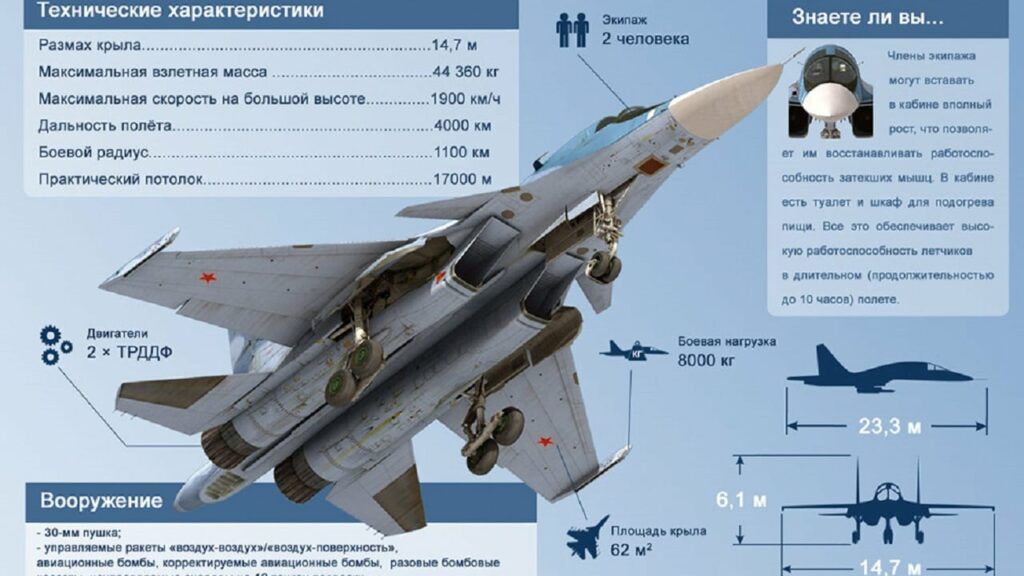
The Russian defense industry has some struggles ahead. Despite claims of self-sufficiency, it turns out that Russian industry needs Western components and Western support. One of the most autarkic industries in one of the world’s most autarkic economies is suffering from supply shortages because of sanctions. Does this mean that autarky in the defense sphere becomes impossible? If so, what does that mean for the pursuit of security for modern states?
Theoretically, states should carefully guard the chains that supply their defense industrial bases with goods, as a loss of access to global markets (or even to specific suppliers) could prove catastrophic in times of war. Most variants of realism suggest that a state will, if it can, reduce vulnerability by internalizing as much of its defense industry as possible. Of course, this is not possible for every state; some must rely in part or in whole on the defense industry that it can borrow or buy. But great powers especially should try to be as autonomous as possible in defense.
This logic runs squarely against decades of trends in complex industrial production. In the second half of the 20th century, most industries became globalized to at least some extent, relying on transnational partnerships for resources and finished components of a final product. Infrastructure and investment made this kind of integration vastly more efficient than autarky. During the age of globalization, the defense industry certainly budged (transnational production and innovation characterized defense buildups in both the West and in the Soviet bloc), but defense remained the least globalized of any major sector. To be fair, a non-trivial component of “buy local” has also involved subsidization of domestic industries (and workers), which isn’t quite autarky although it is often justified under the same logic.
But despite these headwinds, can a modern defense industry manage autarky?
Related: Watch: How the Ukrainians are trolling the Russian military with the M142 HIMARS
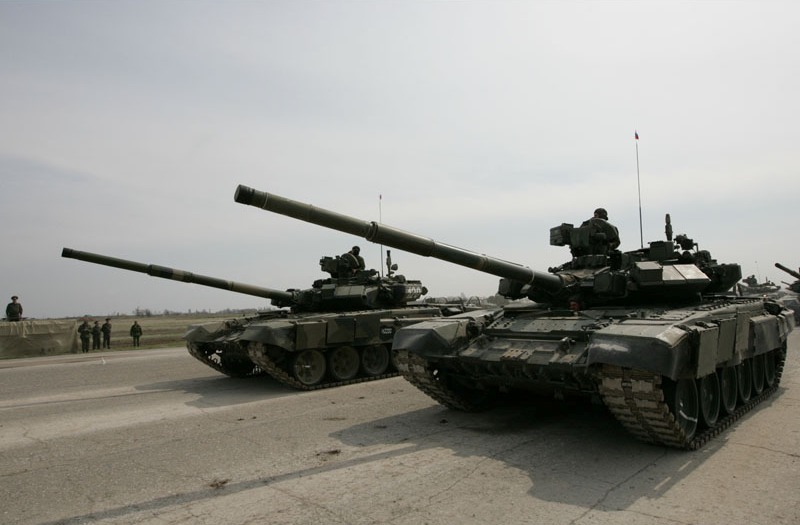
During its invasion of Ukraine, Russia has run straight into the problem of incomplete defense autarky. The difficult truth is that the Russian defense industrial base has become intimately tied to the West. The apparent dependence of Russian industry on Western components appears to have surprised even the Russians, who have engaged in elaborate efforts to find enough chips to keep advanced weapons on the menu. Could Russia’s example indicate the vulnerability of defense supply chains, encouraging countries to onshore requirements critical to their DIB?
The short answer to Russia’s dilemma appears to be that autarky in the defense sphere, at least as far as advanced components are concerned, is simply not possible for a state seeking a first-tier military capability. It is likely that some countries will try and that few (if any) will succeed. The hard truth is that a modern defense industrial base requires advanced components that are only available with a world-class technology industry (possessed by very few countries) or open access to markets in high tech.
This leaves a world in which the components necessary for advanced, high-tech weapons are available in the West and available to Western partners, but are considerably less available to anyone outside of that technological ecosystem. This mirrors in many ways the situation that held during the Cold War when the United States took extravagant steps to prevent Soviet access to Western technology.
In this case, however, the U.S. enjoys even more robust advantages.
Related: America’s enemies can track stealth fighters on radar (and it isn’t a problem)
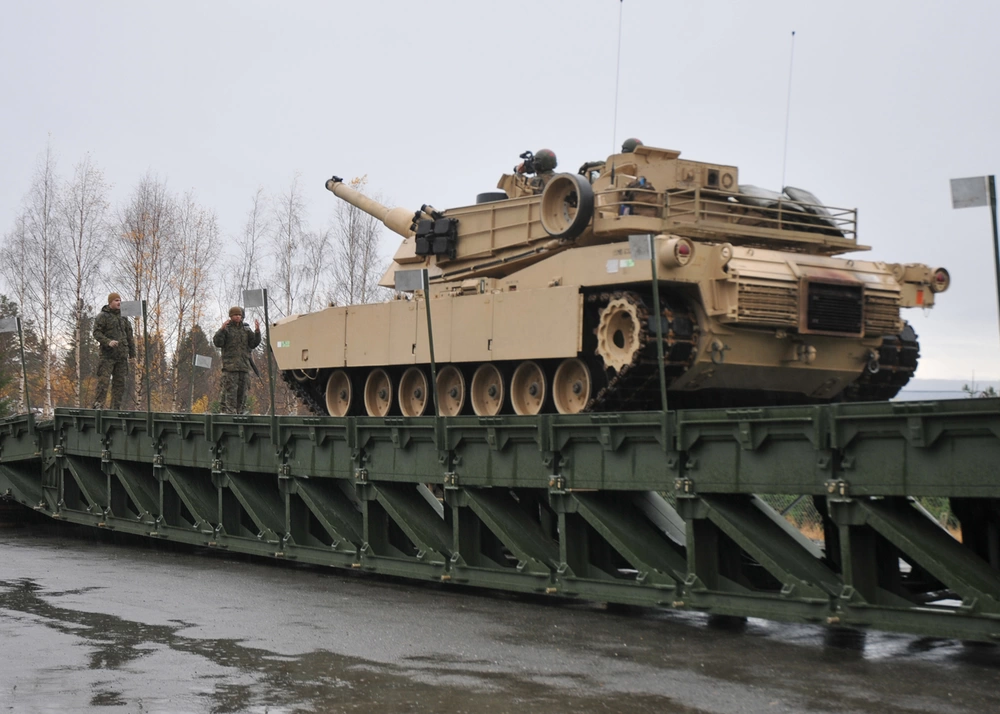
Supply chain dynamics, export controls, and intellectual property law have given the United States much greater control over global technology than it once enjoyed, although these advantages are at least in part offset by the expansion of the internet and the development of 3D printing technology. Indeed, the entry of Sweden and Finland into NATO will undoubtedly accelerate the integration of their technology sectors with the transnational defense industrial base of the West.
It would be exceedingly difficult for any Western country to try to escape this ecosystem while still maintaining the sophistication of its defense industrial base. Turkey and South Korea, for example, have worked hard on developing domestic alternatives to Western equipment, but this effort has primarily been to avoid export control requirements rather than out of concern over the reliability of supply chains. Both Turkey and the ROK remain full participants in the Western technology ecosystem, notwithstanding Turkey’s flirtation with Russian air defense equipment.
What next?
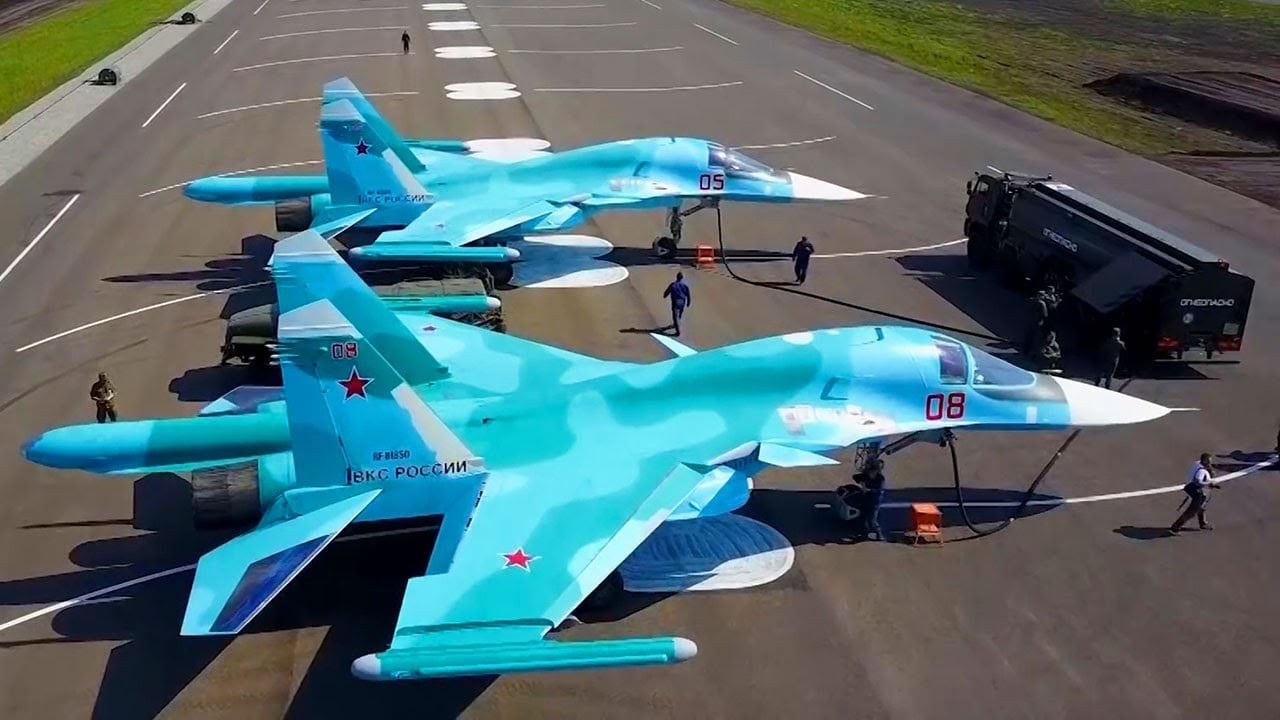
This technological future looks ugly for both Russia and China, but especially for the former. Reconstituting the technological blocs that existed during the Cold War but expanding the Western one at the expense of the Russian will not benefit Moscow, and it may end up driving a wedge between Moscow and Beijing. China, deeply engaged in the civilian tech economy, will face difficult choices about how much to support Russia. Moreover, Russia and China are increasingly in direct conflict over their shares of the international defense market.
All told, Beijing would likely prefer to draw Russia into its own technology ecosystem and its own extended defense industrial base but as a distinctly junior partner.
This article by Robert Farley was originally published by 19FortyFive.com.
Feature Image: A Russia Su-34 aircraft. (Russian military)
Read more from Sandboxx News
- Watch: How the Ukrainians are trolling the Russian military with the M142 HIMARS
- Ukraine is getting ScanEagle drones to help it take out Russian artillery
- US doubled its hypersonic missile successes in the last 11 months
- A Green Beret remembers his favorite foreign weapons
- Why the M32 (and M32A1) aren’t popular
Related Posts
Sandboxx News Merch
-

‘AirPower’ Classic Hoodie
$46.00 – $48.00 Select options This product has multiple variants. The options may be chosen on the product page -

‘Sandboxx News’ Trucker Cap
$27.00 Select options This product has multiple variants. The options may be chosen on the product page -

‘Sandboxx News’ Dad Hat
$27.00 Select options This product has multiple variants. The options may be chosen on the product page
1945
Related to: Military Affairs
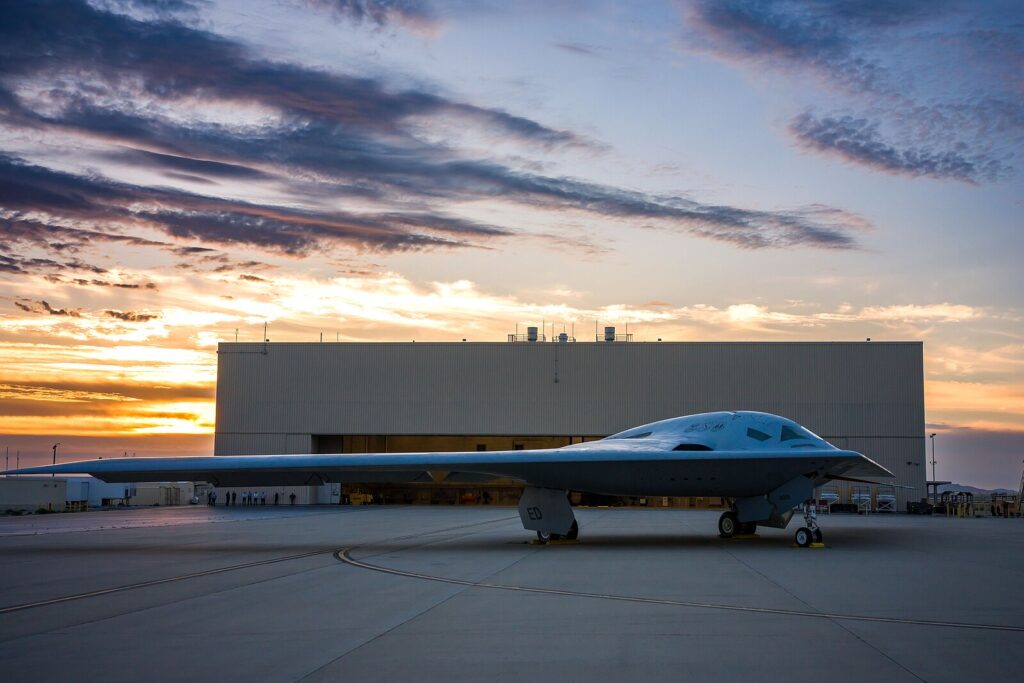
Video: The Air Force is considering the B-21 for air-to-air combat
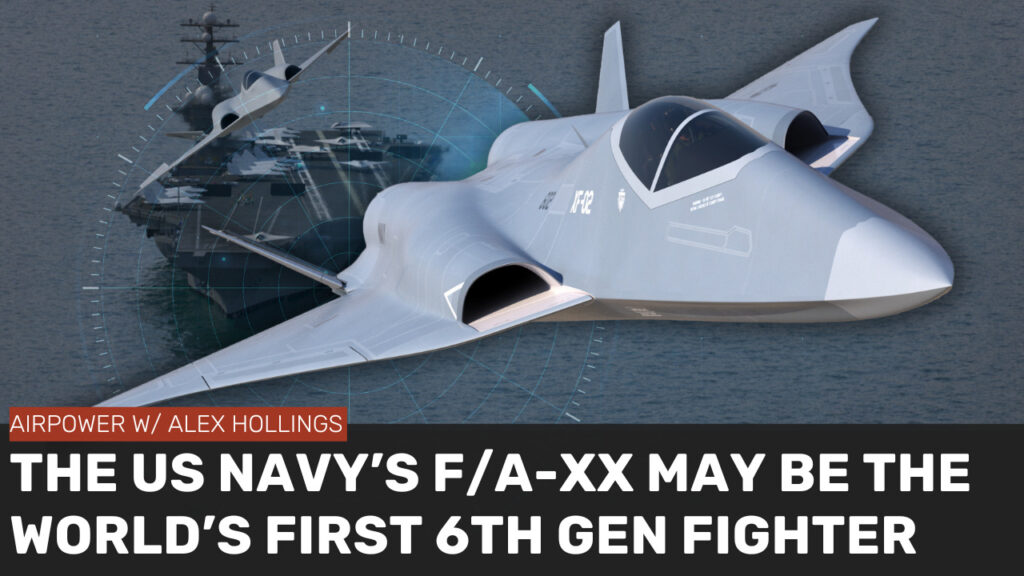
Video: The Navy’s F/A-XX may become the first 6th generation aircraft in the world

SiAW: Air Force receives a wildly capable new air-to-ground missile for testing
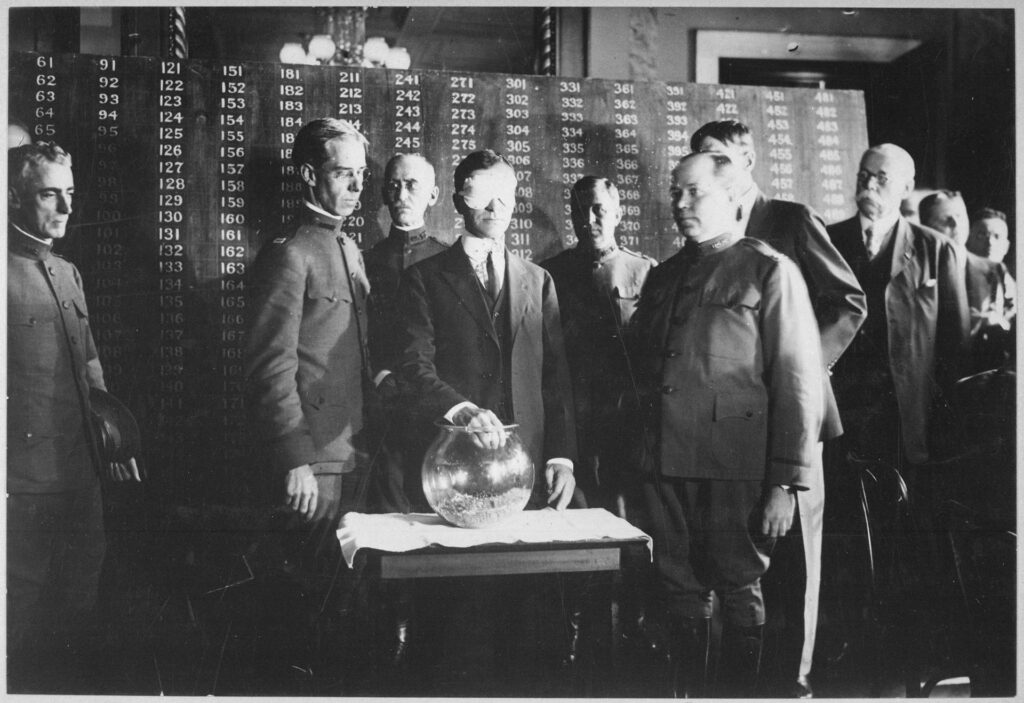
Military draft registration is going down, so Congress wants to take action
Sandboxx News
-

‘Sandboxx News’ Trucker Cap
$27.00 Select options This product has multiple variants. The options may be chosen on the product page -

‘AirPower’ Classic Hoodie
$46.00 – $48.00 Select options This product has multiple variants. The options may be chosen on the product page -

‘AirPower’ Golf Rope Hat
$31.00 Select options This product has multiple variants. The options may be chosen on the product page -

‘Sandboxx News’ Dad Hat
$27.00 Select options This product has multiple variants. The options may be chosen on the product page
